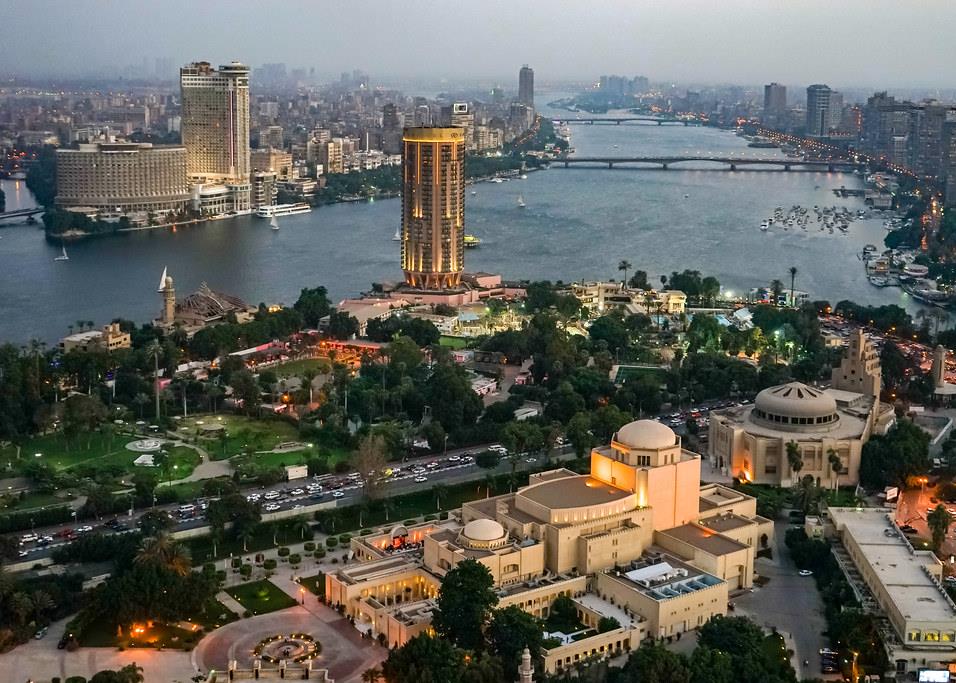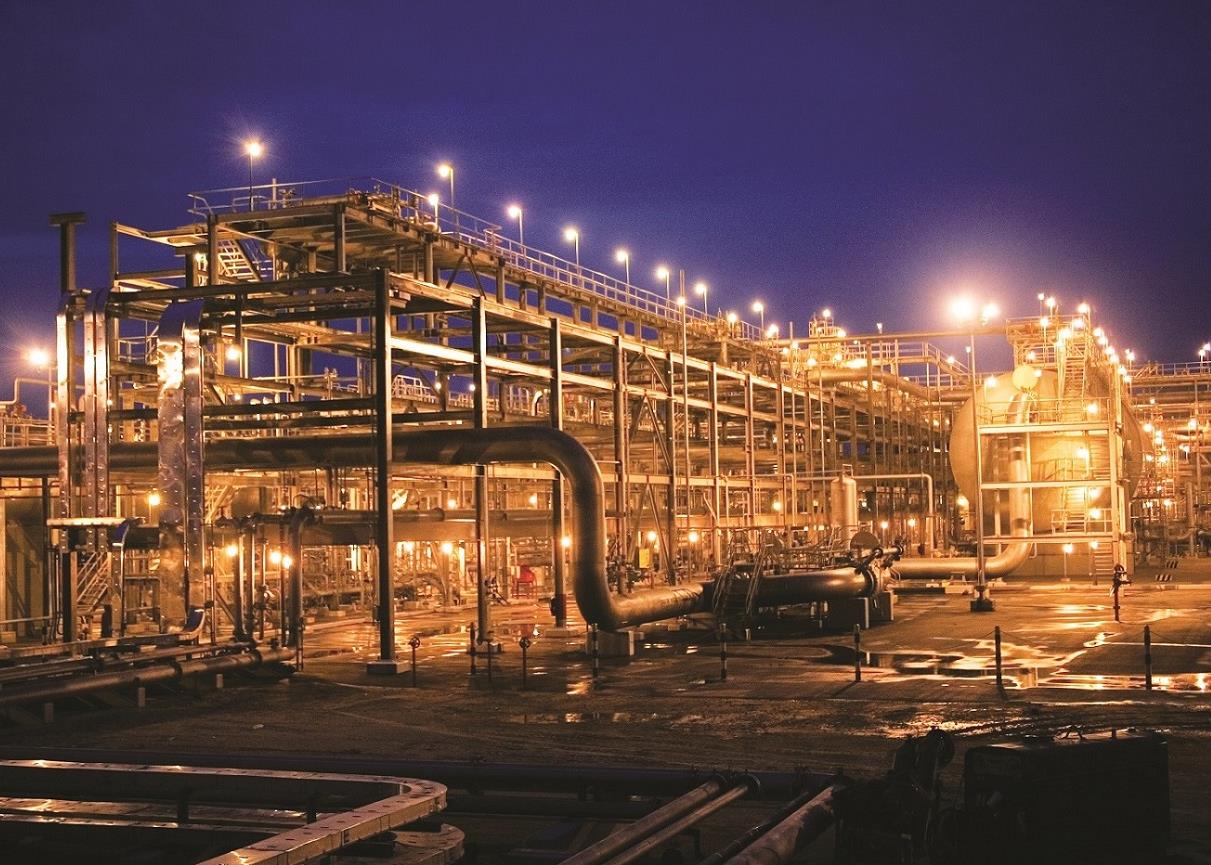
A review of the Middle East and North Africa mining sector and assessment of the outlook for what is widely acknowledged as an under-developed industry.
The Middle East and North Africa mining sector offers a mixed picture for foreign investors, due as much to differences in the investment environments of particular countries as to variances in their actual mineral wealth.
Like many Gulf states, Oman is struggling to cope with local demand for power, partly due to an unexpected shortfall in domestic gas production. The rapid growth of local industries and populations has also contributed to the shortage, which is likely to put the dampener on planned expansions of aluminium and steel facilities across the region. Falling commodity prices worldwide are also likely to subdue the market.
Yet this has not deterred certain Middle East states from stepping up attempts to woo foreign investors. Yemen has made concerted efforts to reform its mining laws and institutions in recent years, aided by the International Finance Corporation (IFC), the private sector arm of the World Bank. Tax breaks, increased legal and financial transparency, expanded ownership rights and faster procedures for awarding mineral exploration and development rights are all features of a draft mining code, which is due to become law by March 2010.
The IFC is also advising on reform of the mining sector in Egypt, a country with considerable untapped potential, particularly for precious metals such as gold. Foreign investors have been deterred by bureaucracy and stringent profit-sharing laws dating back to the 1950s. A draft mining code is in place, but still requires the ratification of parliament, which is typically a lengthy process.

To access sample content from within the report, please click on the link below:
Such barriers to investment are commonplace across much of the Arab world, where governments keep a firm hand on natural resources. Yet attitudes are slowly changing. For many governments, what is lost in relinquishing control of the mining industry is more than made up for in terms of foreign investment.
- Algeria introduced new legislation in 2001 permitting the entry of private investors. Within five years, the country had some 950 mineral and quarrying operations.
- Saudi Arabia in particular will be a test case of investor sentiment. The government has enjoyed considerable success in raising foreign financing for various aspects of its integrated minerals project. But the real test of its mining industry lies ahead, as the various parts of the multi-billion-dollar scheme are shuffled into place.
- Though access for foreign investors has improved in many countries recently, the Middle East and North Africa is unlikely to see large mining and minerals projects of the order of the Al-Zabirah/ Al-Jalamid/ Ras al-Zour projects for some years to come. Governments are keen to diversify their economies away from oil, yet public budgets have been hampered by the fall in oil prices since mid-2008.
The small scale and short duration of many mining projects in the region also means they are highly vulnerable to price fluctuations on the international minerals markets. So as far as foreign investors are concerned, the Middle East mining industry is likely to remain something of a fair-weather friend in the short-to-medium term. Nevertheless, as budgetary pressures drive governments to open up their heavy industries to the private sector and the growing need to diversify their economies, more substantial investment opportunities could materialise in the years to come.
This information is taken from the MEED Insight report: MENA Mining 2009 - A survey of mining in the Middle East and North Africa. To order your report today, download the order form or email MEED Insight for more information, quoting reference SR2.
About MEED Insight:
Thanks to its own projects tracker, MEED Projects, MEED Insight has access to unparalleled, up-to-date information on the region’s projects market. We can provide companies with:
- Details of all major projects within a given market or sector, including their scope
- Contacts for clients, contractors and suppliers
- Information on key clients and their tendering processes
- Information on how to register with clients and prequalify for projects
- Forecasting of future projects
Data analysis
MEED Insight has access to a wealth of regional data ranging from broad macroeconomic statistics to sector-specific information. We can obtain and analyse data on a specific market or industry to help companies gain an insight on market size and potential
Off-the-shelf reports
MEED Insight also offers a series of off-the-shelf reports on a range of different sectors and industries. The information compiled for these reports comes from a variety of sources, including MEED magazine, MEED.com, MEED Events and MEED Projects, as well as primary and secondary research.
Our current off-the-shelf reports include:
- GCC ICT Projects Outlook & Review
- GCC Projects Forecast & Review 2010
- Power & Water in the GCC 2010
- Libya Power & Desalination
- Middle East Steel 2009
- Wastewater in the GCC
- Middle East Cement 2009
- MENA Aluminium 2009
- GCC District Cooling
- GCC Economic Outlook
To find out how MEED Insight can help you gain critical business insight, please submit your details on our contact form:
Or
- Telephone: +971 (0) 4 367 1302
You might also like...

Aramco allows more time for MGS package revised prices
18 April 2024

Morocco tenders high-speed rail project
18 April 2024

Egypt resumes power cuts
18 April 2024

Petrofac awards carbon capture sub-contract
18 April 2024
A MEED Subscription...
Subscribe or upgrade your current MEED.com package to support your strategic planning with the MENA region’s best source of business information. Proceed to our online shop below to find out more about the features in each package.




